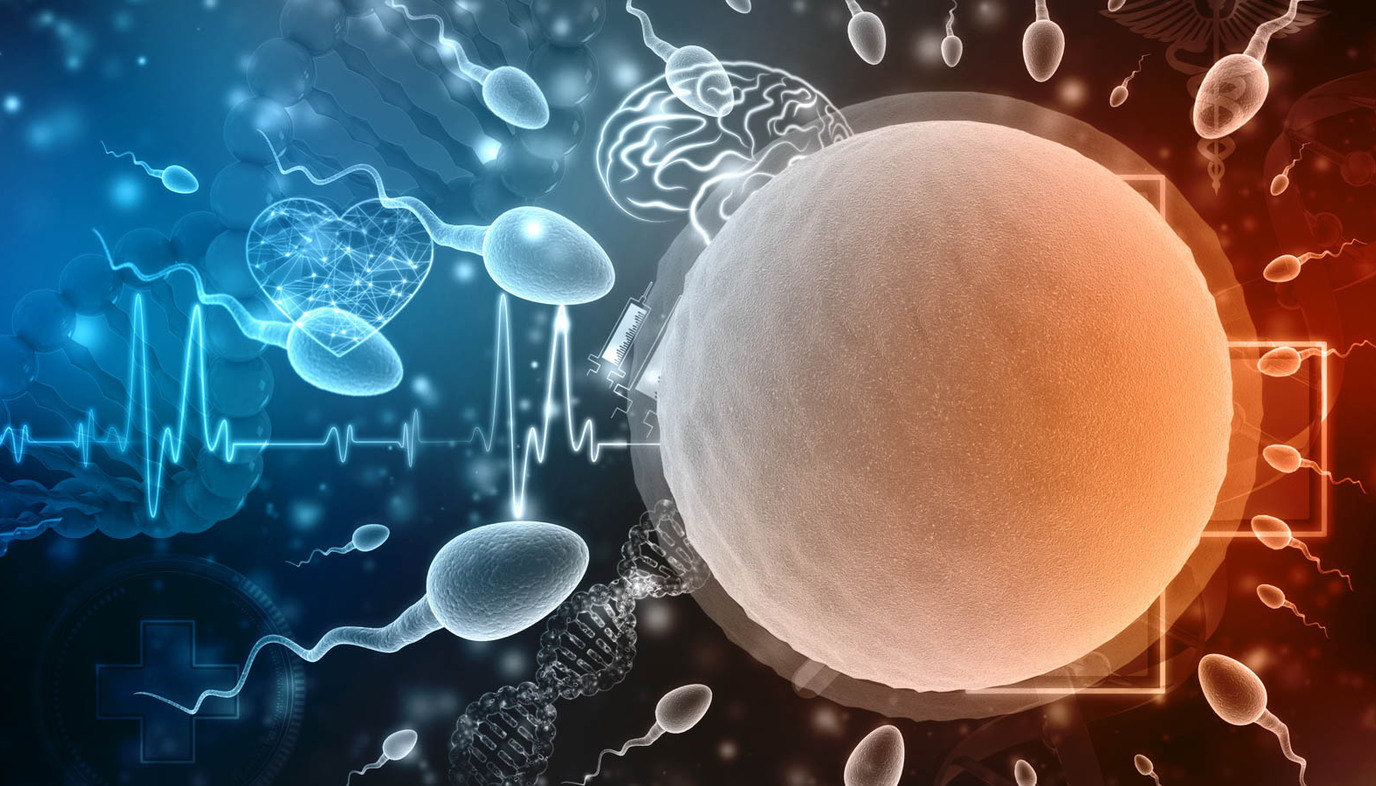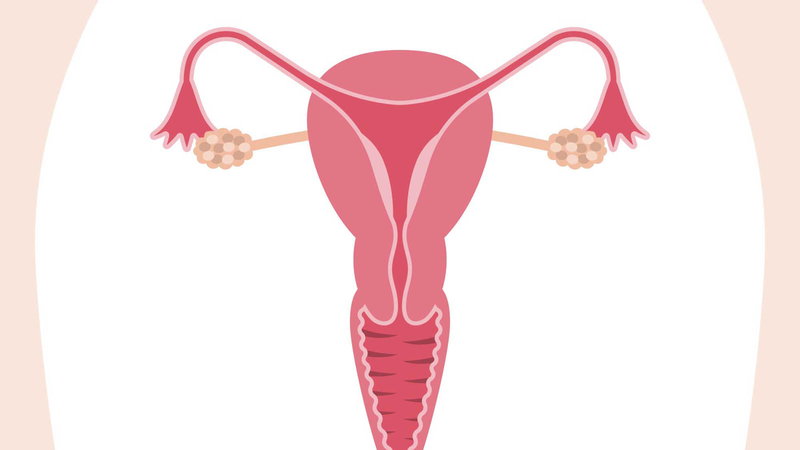
Your body communicates with your brain and other parts of your body using hormones. Hormones are messengers that tell your body what to do and when to do it. When you ovulate, a sequence of hormonal events take place that tell your body it is time. Scientists know which hormones are involved in ovulation and have designed tests to detect for the hormone messengers that are released right before ovulation. By using these tests (ovulation prediction kits or fertility monitors) you can have a good idea of when ovulation will most likely take place.
What Happens Before You Ovulate?
Your menstrual cycle is dividing into three phases: a follicular phase, ovulation, and a luteal phase. The first part of your cycle is the follicular phase. The follicular phase (or the “waiting to ovulate” phase) of your cycle starts on the first day of red bleeding and ends just before ovulation. During this part of your cycle, your estrogen and progesterone levels are low.

Think of your brain like a car’s dashboard. When you see a low fuel light flashing, it tells you it is time to add more fuel. Except, your brain can’t just stop at a gas station; it has to actually produce the fuel. To produce more estrogen, your body needs to start maturing eggs for ovulation because eggs produce estrogen as they mature.
Now, this is where it gets a little confusing. Your body can’t just add more "fuel" because your uterine lining from your last cycle is old, and an egg just won’t thrive in it. Let’s go back to the car comparison. Think of your uterine lining like running a car with old oil that needs to be changed. Your body does an “oil change” at the same time as it fuels up your estrogen tank. It is like stopping at the gas station to fuel up, but while you’re waiting the attendant changes your oil and makes sure everything else in the car is good to go before you take off on the road again.
Low estrogen and progesterone levels tell your body that it is time to start a new menstrual cycle. Your body knows that eggs won’t survive in the old uterine lining, so when it gets the message that it is time to start a new menstrual cycle, it starts shedding your uterine lining to make way for a fresh, thick nutrient-rich lining – just right for a mature egg to thrive in. At the same time as your uterine lining is shedding, your body is producing hormones to get the ball rolling and start maturing some eggs. You need mature eggs to fuel up your estrogen tank.
GnRH, FSH, and Ovulation
Now that your body knows that it needs to fuel up your estrogen tank and start getting eggs ready for ovulation, it responds by producing a hormone known as GnRH (gonadotropin releasing hormone). Your body is a little complicated. It doesn’t just start producing more estrogen; it has to communicate with hormones to get your eggs ready.
So let’s say you are at the gas station getting your oil changed and waiting for your tank to get filled, but you aren’t allowed to just get out of the car and do it yourself: you have to tell the attendant. This is what GnRH does. It tells another hormone, “Hey, hormone, we need to get some eggs ready can you come over here and help.” The hormone it gives the message to is FSH (follicle stimulating hormone).
FSH does exactly what it sounds like, it stimulates your follicles. Follicles are located inside your ovaries and each one is home to an egg. Your follicles are where your eggs are living while they grow and mature. FSH stimulates a few of your follicles to start maturing eggs for ovulation.
LH Surge and Ovulation
As your eggs mature, they release estrogen. Not all the eggs that are maturing will be released during ovulation, in fact, only one will be released. The others will at some point realize that they are not the best egg and bow out. The dominant egg continues producing estrogen but the other eggs disintegrate. Remember, as the egg matures, it produces estrogen. This fuels up your estrogen tank. When your estrogen tank is full, your egg is ready to be released – just like when the attendant fills up your tank, the pump doesn’t just keep putting more and more fuel into the tank. At some point, the tank is filled and the handle releases, telling him that he is done filling up the tank and it time for you to get on your way. This is what happens when your estrogen levels reach a certain point.
When estrogen levels reach a threshold, they tell your body it is time to ovulate. Your brain responds by releasing yet another hormone, luteinizing hormone or LH. LH is the messenger that tells your follicle it is time to release the egg and send it on its way. LH works quickly by releasing a big surge of hormone messengers, saying to your follicle, “Hey, follicle, we’re ready to go now. Go ahead and release your egg." This happens a day or two before you ovulate. After LH levels surge, your follicle responds by releasing your egg. This is called ovulation.

